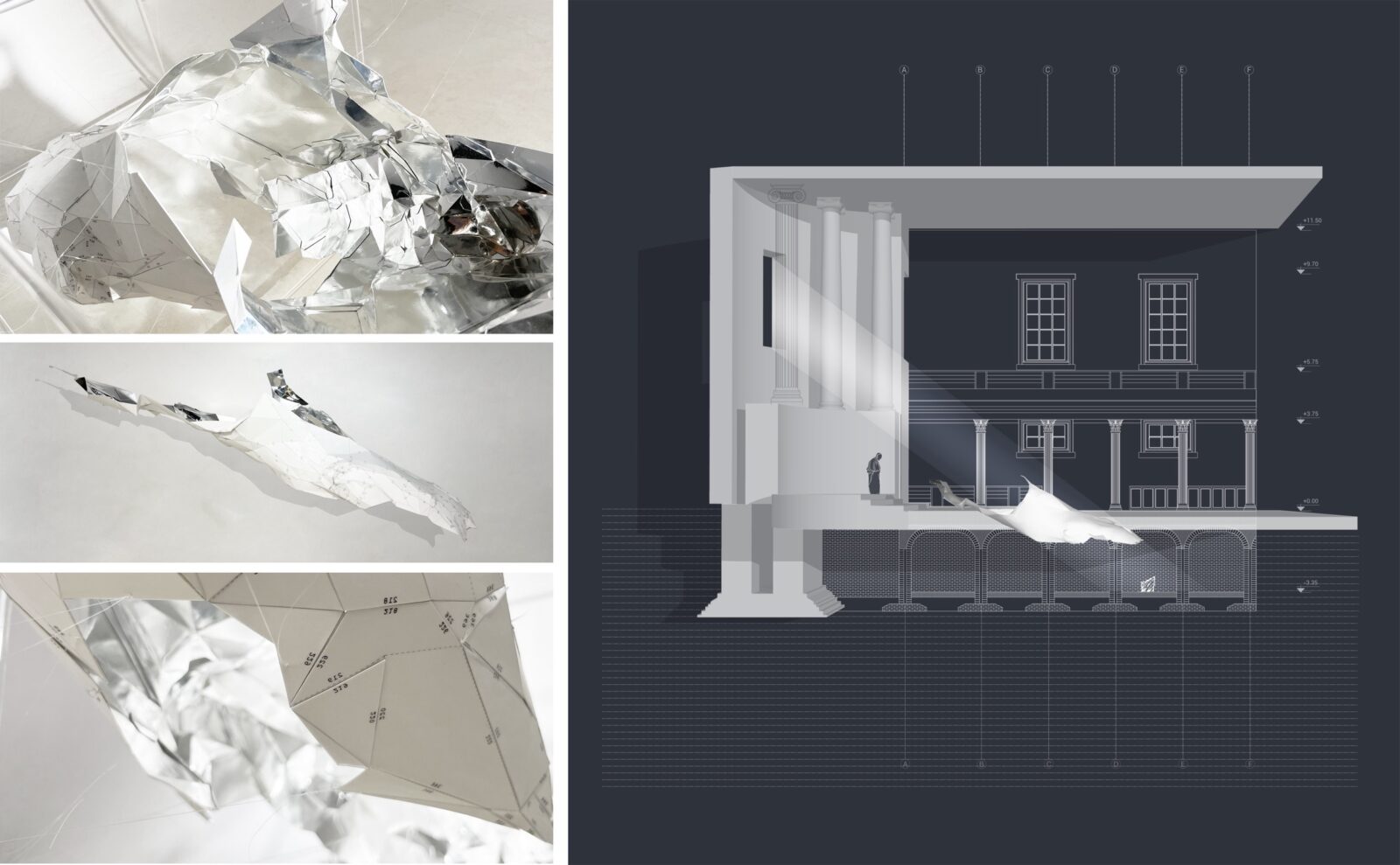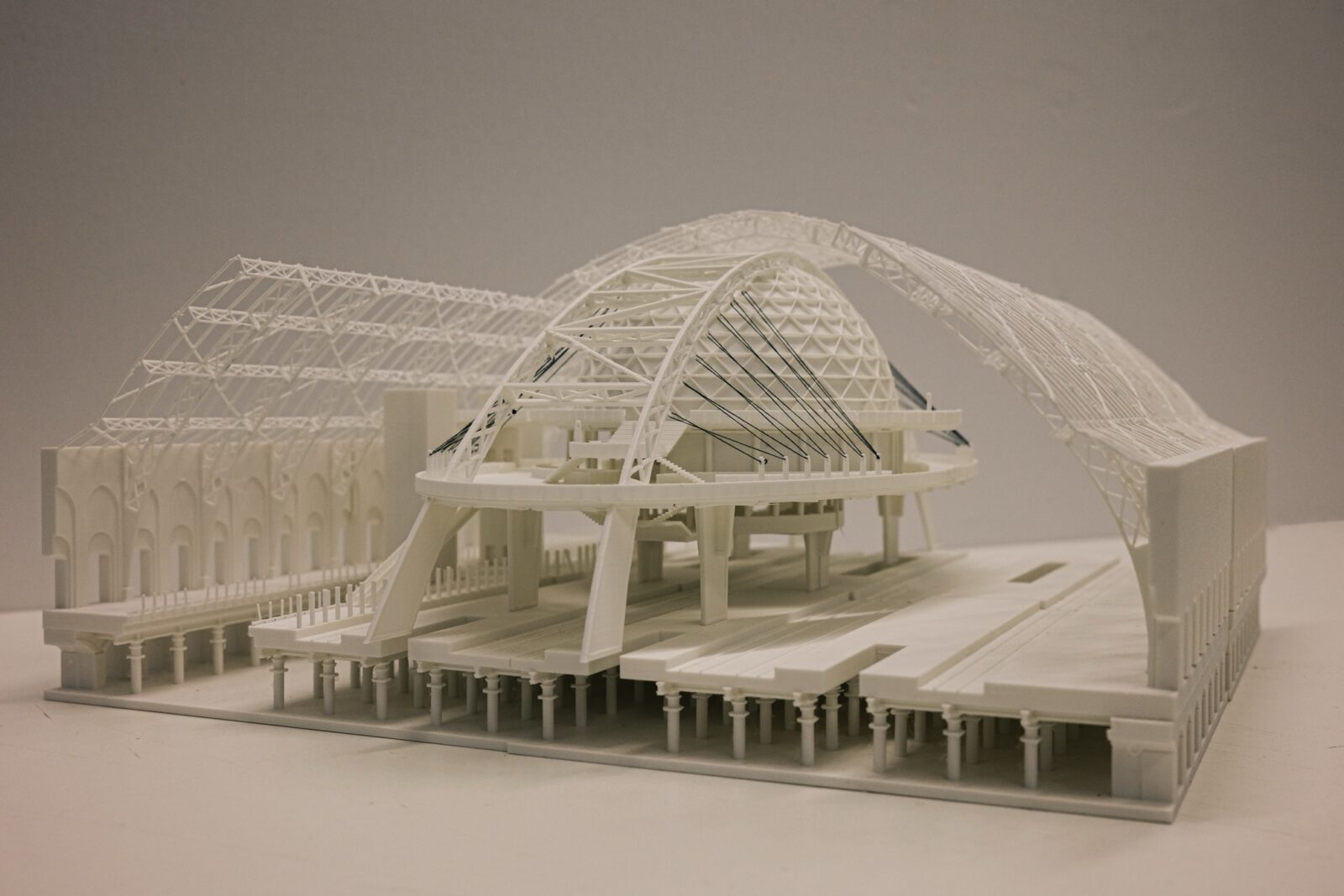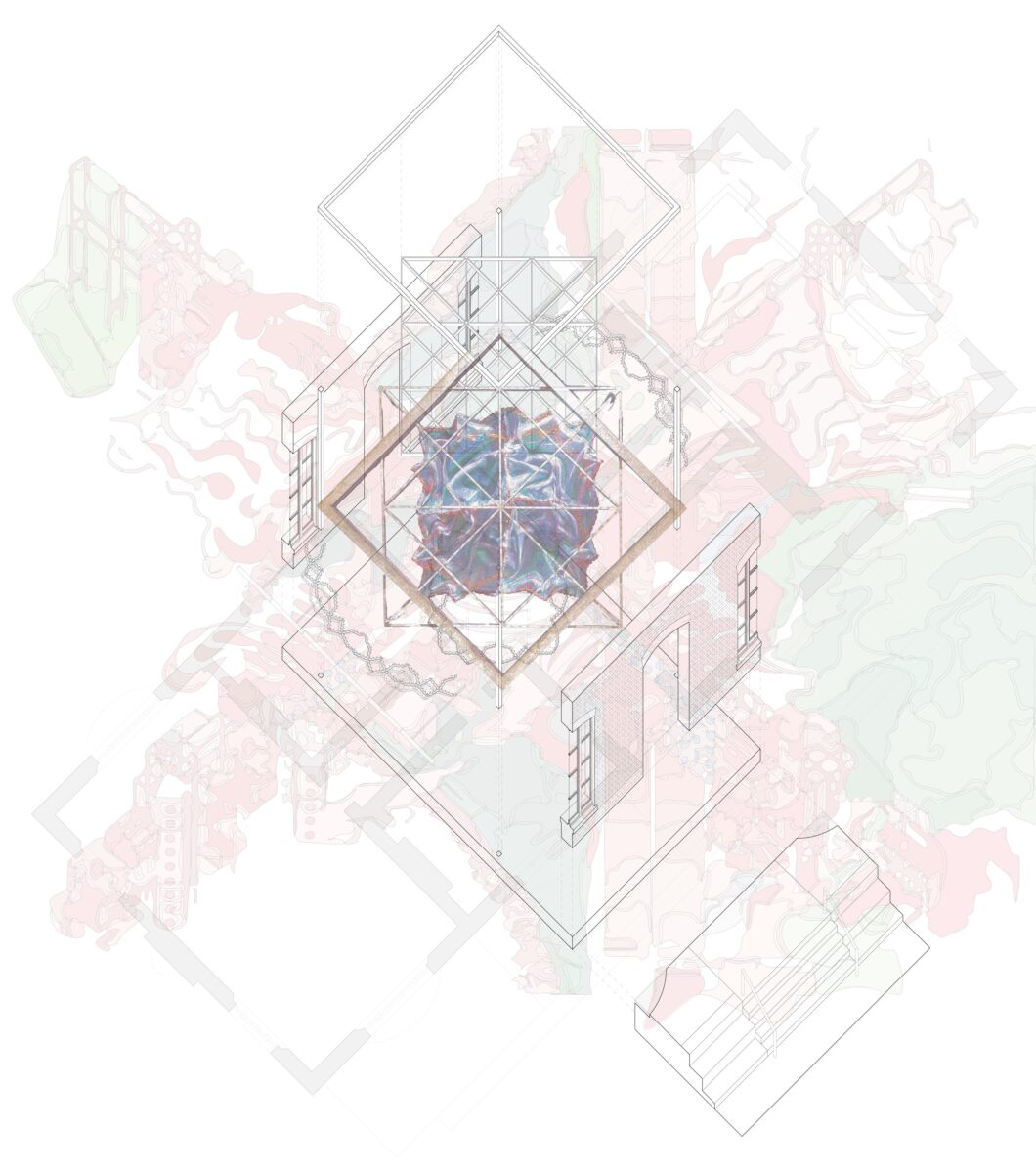MA Interior Architecture Private: Welcome to MORE 2024

Cansu Oguz Karadag: Remembering the Forgotten: The Crypt Gallery

Soongyu Jang: Acrocircle: Transforming a space of connection into a place of connection

Victoria Collins: The Breadth of the Unbound
David Littlefield (Course Leader), Conor Clarke, Dusan Decermic, Maja Jović, Simon Banfield, Tomasz Dancel-Fiszer, James Engel, Clare Hamman, Debbie Kuypers, Anna Mansfield, Paresh Parmer
Dr David Littlefield is Senior Lecturer and has written, co-written and edited more than 10 books on architecture and cities. His research focuses on authenticity, heritage, regeneration and notions of place.
OUR INTERIOR ARCHITECTURE MA promotes a speculative approach to spatial design that is rooted in theory and the world of ideas. hose ideas, however, are deployed to confront contemporary questions and challenges. This MA course, therefore, is both conceptual and pragmatic; experimental and rigorous. With a special focus on people and place, the course encourages students to develop a deep sympathy for the needs and aspirations of the users of a space, as well as a sensitivity towards (and response to) physical and social contexts.
Located within the School of Architecture + Cities in central London, our Masters course offers students the opportunity to choose their own pathway and develop personally and professionally. The outcomes from this approach are rich and diverse, representing the dynamism and diversity of our students and providing the freedom and encouragement to embark on design-led adventures
Our MA programme comprises a set of study modules that can be grouped into three categories: Theory; Technical Substantiation; and Design. We strive for a rich, mature synthesis of learning, a process aimed at prepare students (academically, professionally and personally) for the challenges of a complex world. Through our theory modules, students encounter the ideas which underpin the understanding of place and site, including the notion that design and social practices are forms of cultural production. We develop research and critical thinking skills, including the use of precedent study and design method. We support students to achieve a high degree of technical proficiency in their work, including the representation of ideas, through physical and digital outputs and the investigation of materials. Students then progress to develop their own major project through either a design proposition or a written thesis.
Seeking to inspire a strong connection with, and response to, place, students this year selected their own study site within four study zones: Marylebone, Kings Cross, St James, and Soho. The results are extraordinarily diverse and ambitious: investigations into how we create space; proposals for interventions to create or enhance a sense of community; and suggested radical changes to historic buildings while respecting their cultural importance. The students have responded to the demands of site as well as offering new and surprising interpretations of the physical and social contexts to be found in central London.
GUESTS AND CRITICS: Penny Alexander (Baker Street Quarter Partnership), Gaurav Choksi (Westminster City Council), Mimi Dietrich, Francesca Murialdo, Richard Parry (Pitzhanger Manor), Maria Laura Polselli. Ivana Slivkova (Westminster City Council), Kanaka Thakker, Bruce Weil (The Lighting Design Studio)
STUDENTS:
- Bianca Bumbaru
- Lauren Camps
- Raashi Ajay Chavan
- Limin Chen
- Adiba Chowdhury
- Victoria Collins
- Samedina Curaj
- Julien de Vos
- Aswin Ferdinand
- Polaris Galvaz
- Michaela Grieve Picasso
- Ethan Allen Hall
- Annie Hart
- Soongyu Jang
- Sushmita Katwe
- Anxhela Kenga
- Victoria Lam
- Haoyue Li
- Isabelle Lynagh
- Aisha Malik
- Lisha Mamgain
- Nikhitha Yarebyrapura Matha
- Noor Ahsan Moraby
- Azmina Nayani
- Lukas Neo
- Bethany Nias
- Cansu Oguz Karadag
- Arya Parte
- Isha Pramod Patil
- Nicoleta Prutean
- Sairah Rahman
- Aishwarya Rane
- Haider Sharif
- Hasniha Thanganathan
- Tanya Uchena
- Tanya Zoha
